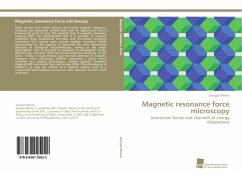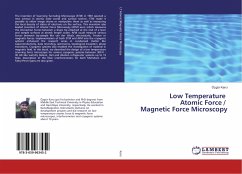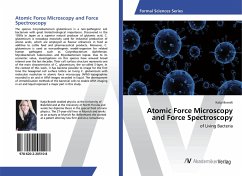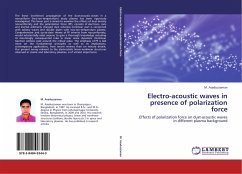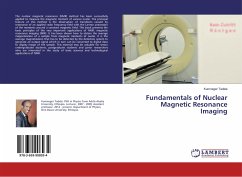Today, smaller and smaller electron and nuclear magnetic resonance structures are extensively studied both from an applied and from a fundamental point of view. The powerful tool of magnetic resonance imaging (MRI) has demonstrated that it is possible to visualize subsurface three dimensional structures with micrometer resolution containing 1012 nuclear spins; nuclear magnetic resonance (NMR) spectroscopy has the capacity to determine the three dimensional structure of biological macromolecules. Owing to the larger gyromagnetic ratio of electrons as compared to paramagnetic nuclei, electron spin resonance (ESR) has pushed detection sensitivity to 107 spins . Finally, a single electron spin has been detected by magnetic resonance force microscopy (MRFM), employing a device which combines two sensing technologies, namely magnetic resonance imaging (MRI) and atomic force microscopy (AFM). The ultimate goal of MRFM is to map the interior of a material sample, such as a complicated semiconductor structure or a bio-molecule, at atomic scale resolution.
Bitte wählen Sie Ihr Anliegen aus.
Rechnungen
Retourenschein anfordern
Bestellstatus
Storno

